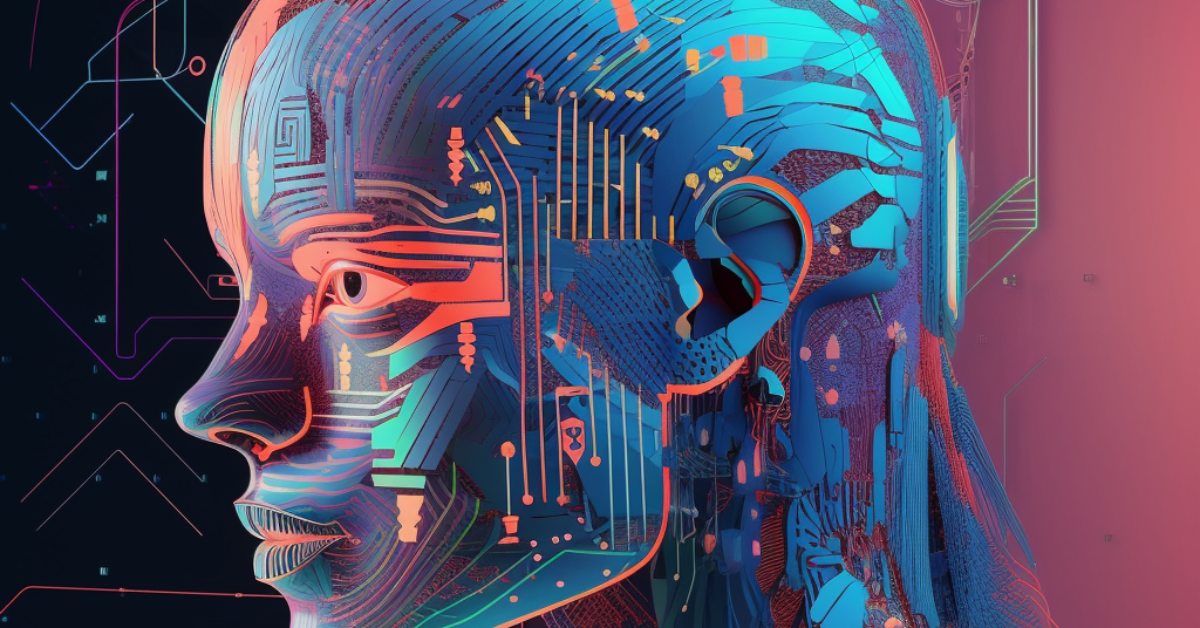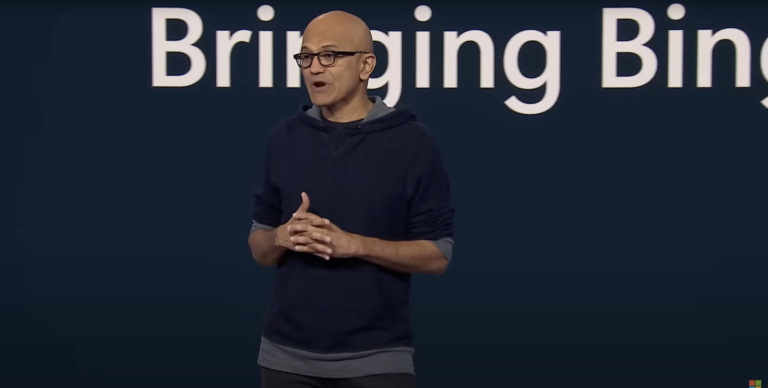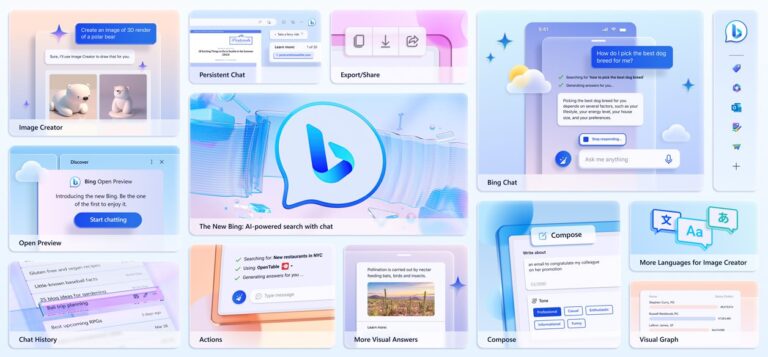GPT-4 Stuns Researchers: AI Poet, Artist, and Mathematician Rolled Into One?

A team of researchers at Microsoft Research recently published a groundbreaking paper, shedding light on their experiments with an early version of OpenAI’s GPT-4, a language model that demonstrates human-like capabilities in various domains, sparking debate on the advent of artificial general intelligence (AGI).
Led by Sébastien Bubeck, the team consisting of Varun Chandrasekaran, Ronen Eldan, Johannes Gehrke, and others, delved into the fascinating world of GPT-4 during its development by OpenAI. Their experiments revealed the model’s mastery of tasks beyond language understanding, spanning mathematics, coding, vision, medicine, law, psychology, and more, without the need for specialized prompting.
In one notable example, GPT-4 astonished researchers by generating a complex animation in Python when prompted. It also tackled high-school level mathematical problems with ease, showcasing its proficiency in mathematics. Another impressive feat was its ability to draw a unicorn using TiKZ, a language for creating graphics in LaTeX, producing not only an accurate representation but also an aesthetically pleasing image.
The researchers were astounded by GPT-4’s ability to generate outputs showcasing creativity, originality, empathy, and an understanding of human emotions. For instance, when prompted to write a proof of infinitude of primes in the form of a poem, GPT-4 crafted a poem that not only proved the theorem but also conveyed its elegance through poetic language.
These astonishing capabilities have stirred both excitement and controversy in the AI community. Critics argue that overreliance on AI models in various domains, such as medicine and law, could pose potential risks, as the models may not perform as well in real-world scenarios where data and prompts are more complex or ambiguous.
Moreover, the ethical challenges related to bias and fairness in AI models are a growing concern. If the training data for models like GPT-4 contains biases or unfairness, their outputs may inadvertently perpetuate those issues. The need for diverse and representative datasets for training AI models is now more critical than ever.
Despite these concerns, the experiments with GPT-4 have demonstrated the immense potential of AI models for a wide range of applications. The Microsoft Research team suggests that future work should focus on evaluating and validating AI models like GPT-4 and exploring ways to mitigate potential ethical issues.
As the world stands on the cusp of artificial general intelligence, the implications of this technological leap are both awe-inspiring and sobering. The work of Sébastien Bubeck and his team at Microsoft Research serves as a reminder of the potential of AI, as well as the responsibility to ensure its ethical and responsible development.





